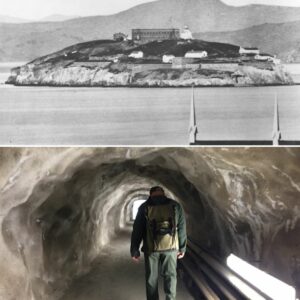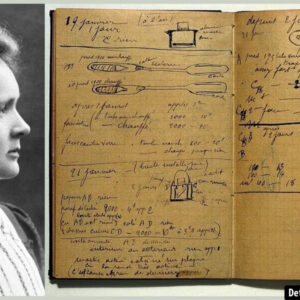Loyalty, devotion, and unwavering faith — these are the values that the remarkable dog Hachiko embodied. Hachiko’s story is not just about a dog waiting for his owner; it is about the depth of the bond that can form between humans and animals. Between 1925 and 1935, in the heart of Tokyo, a dog named Hachiko turned Shibuya Station into a testament of undying love as he waited daily for his master, Professor Ueno, to return from work. This story has since become one of the most heartwarming and iconic tales of loyalty in history, reminding us of the powerful emotional connections that can exist beyond words.
The Meeting of Hachiko and His Owner
Hachiko’s life began in November 1923 in the rural town of Ōdate in the Akita Prefecture. He was born to an Akita dog, a breed renowned for its loyalty and gentle nature. At just 50 days old, Hachiko embarked on a long train journey from the countryside to meet his new owner, Professor Ueno Hidesaburō, a beloved faculty member at the University of Tokyo. Ueno was in search of a purebred Akita, and when he saw the little puppy, he was taken by its gentle temperament and immediately knew he had found the perfect companion.

Their bond was instant and deep. Hachiko quickly adapted to life in Tokyo, accompanying Ueno every day to Shibuya Station, where the professor would catch his train to work. Hachiko would wait at the station each afternoon, eagerly awaiting the return of his master. This daily ritual not only solidified their companionship but became the heart of their routine, establishing a rhythm that would last for years.
Video
Watch the Hachiko Recording Reality video and see the true story behind the iconic dog’s unwavering loyalty in real life!
A Sudden Separation: Professor Ueno’s Death
However, the idyllic partnership between Hachiko and Ueno was tragically cut short. On May 21, 1925, Professor Ueno suffered a cerebral hemorrhage while teaching his class. He passed away unexpectedly, never to return to Shibuya Station. But Hachiko, ever faithful, did not know that his master was gone for good.
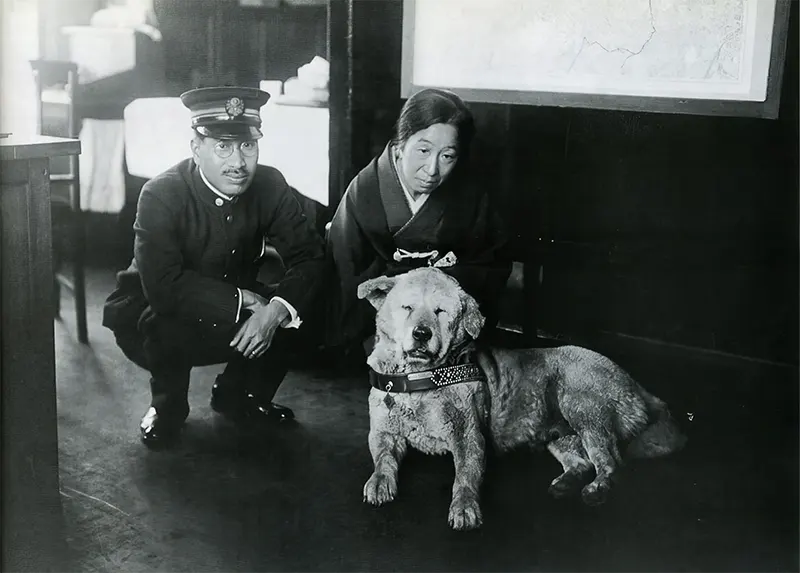
The following day, Hachiko returned to Shibuya Station at the usual time, as he had every day, waiting for Ueno. But the professor never showed up. Despite the confusion and sorrow, Hachiko continued to return to the station at the same time every day, hoping his master would walk through the gates. This vigil continued for nearly 10 years, with Hachiko faithfully waiting through rain, snow, and shine, month after month, year after year.
Hachiko’s Vigil: Waiting for His Master
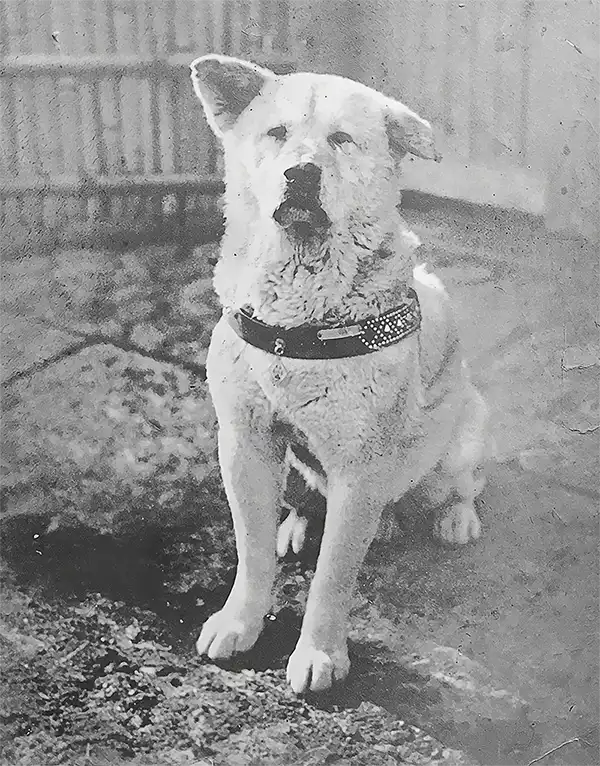
For almost a decade, Hachiko’s routine was unchanged. He waited at the station every day at 3 p.m., just as he had during his master’s life. Even when he was given away to new owners after Ueno’s death, Hachiko still made his way back to the station. His routine was known to the workers at the station, and over time, they grew to appreciate and even adore the loyal dog.
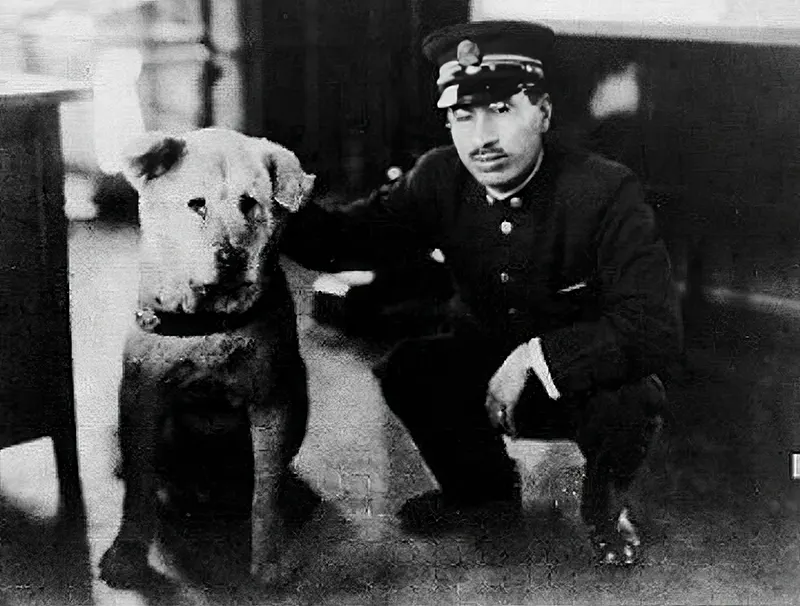
Hachiko’s presence began to attract attention from the locals and passersby, and his story soon spread through the media. Eventually, his loyalty to Professor Ueno became a symbol of unwavering commitment and a reminder of the strength of the bond between humans and animals. The loyal dog had become a beloved figure at Shibuya Station, inspiring people with his faithfulness, even when he knew his master would never return.
The Growing Legend of Hachiko
By the early 1930s, Hachiko had become a national sensation. Journalists and photographers documented his daily vigil, and people from all over Japan came to witness his unyielding dedication. His story was featured in articles and publications, turning him into an emblem of loyalty and devotion. Even Hirokichi Saito, an expert on the Akita breed and a former student of Ueno, visited Hachiko regularly. Saito’s writings helped spread the story of Hachiko’s devotion across the country.
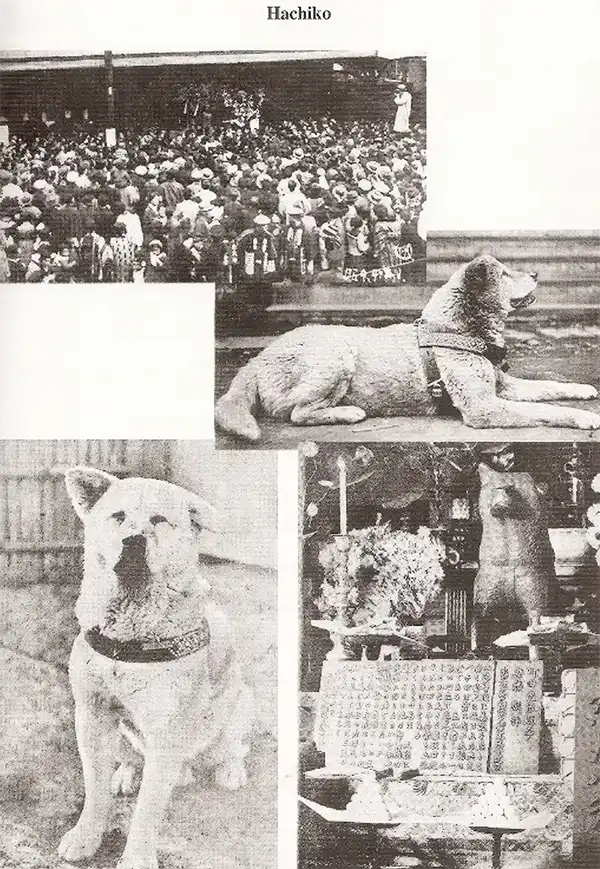
In 1932, Saito published an article in the Asahi Shimbun, a major Japanese newspaper, which brought Hachiko’s story to the attention of the entire nation. The article cemented Hachiko’s place in the hearts of the Japanese people, and his unwavering loyalty became a symbol of dedication and fidelity that everyone admired.
Hachiko’s Final Days: The End of a Vigil
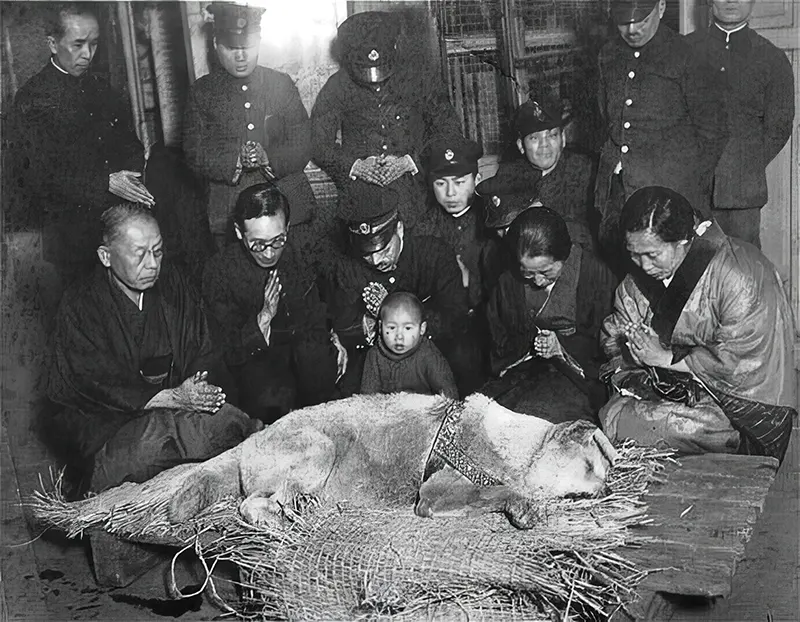
After nearly 10 years of waiting, Hachiko passed away on March 8, 1935. The end of his vigil marked the end of an era, but his legacy was far from over. Hachiko’s death was met with widespread mourning, and his passing was covered by major newspapers across Japan. His story had inspired countless people, and his loyalty was celebrated as an example of pure devotion.
An autopsy revealed that Hachiko had died of terminal cancer and a filaria infection, but his story had already achieved a level of immortality. His impact on the people of Japan, and the world, was undeniable. People continued to visit Shibuya Station to honor his memory, and his story continued to live on through his statues and the countless people who were touched by his dedication.
The Legacy Lives On: Statues and Memorials
In 1934, a bronze statue of Hachiko was erected at Shibuya Station in honor of his loyalty. Sculpted by Teru Ando, the statue became an iconic symbol of devotion, and it stood as a testament to the extraordinary bond between Hachiko and his master. The statue became a popular meeting point and a place of pilgrimage for people wishing to pay their respects.
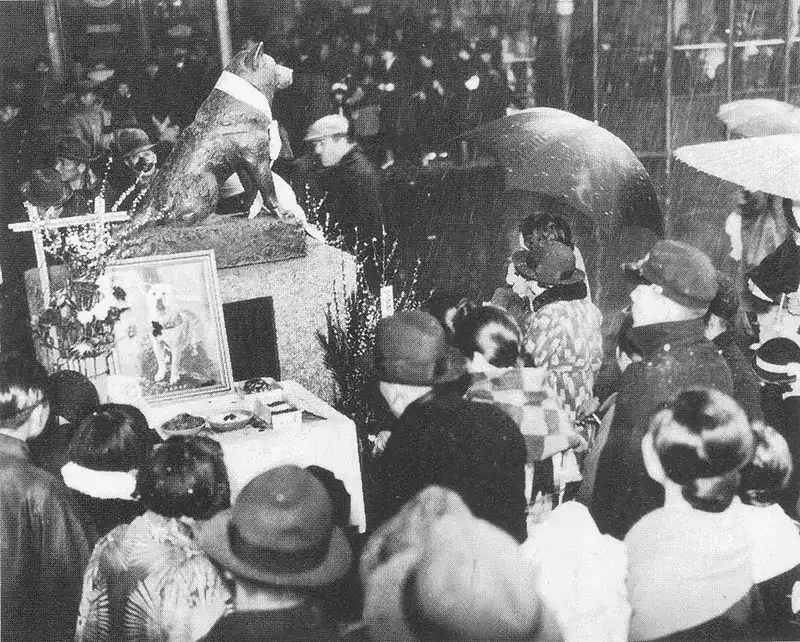
Unfortunately, during World War II, the statue was melted down for the war effort. However, in 1948, a new statue was created by Takeshi Ando, the son of the original artist. This statue, which still stands today, is one of the most well-known landmarks in Tokyo.
Every year, on the anniversary of Hachiko’s death, a ceremony is held at Shibuya Station to remember the loyal dog. Hachiko’s legacy is celebrated by dog lovers and people who admire his unwavering devotion. Hachiko’s story has even made its way into popular culture, with films such as the 2009 American movie Hachi: A Dog’s Tale starring Richard Gere, based on Hachiko’s true story.
Hachiko in Popular Culture
The story of Hachiko has touched hearts across the globe, and it continues to inspire people today. Even Helen Keller, the American author and activist, visited Hachiko’s statue in 1937. She was so moved by the dog’s story that she wished for her own Akita, which she later received. In 2009, the American film Hachi: A Dog’s Tale brought Hachiko’s story to the international stage, allowing a new generation to learn about his devotion and loyalty.
Hachiko’s story transcends cultural boundaries and has inspired countless people worldwide to understand the deep connection between humans and their animal companions.
Gallery: Capturing Hachiko’s Story in Photos
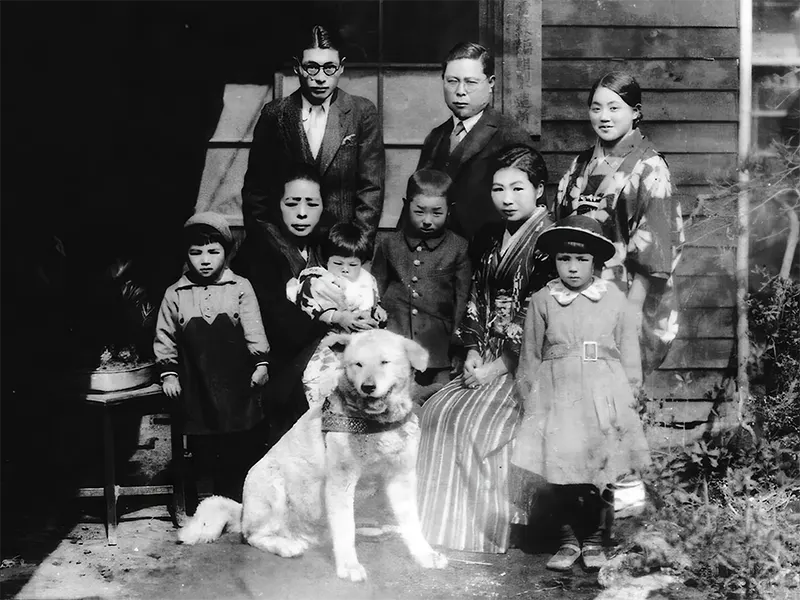
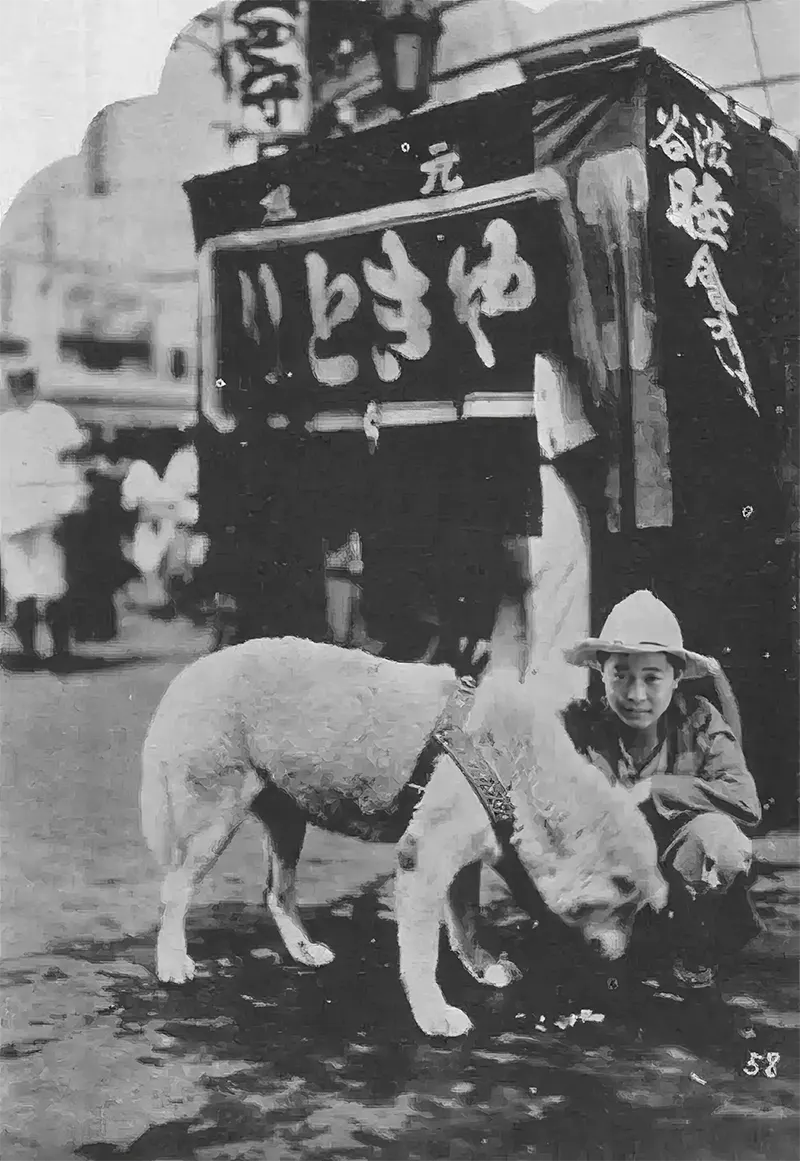
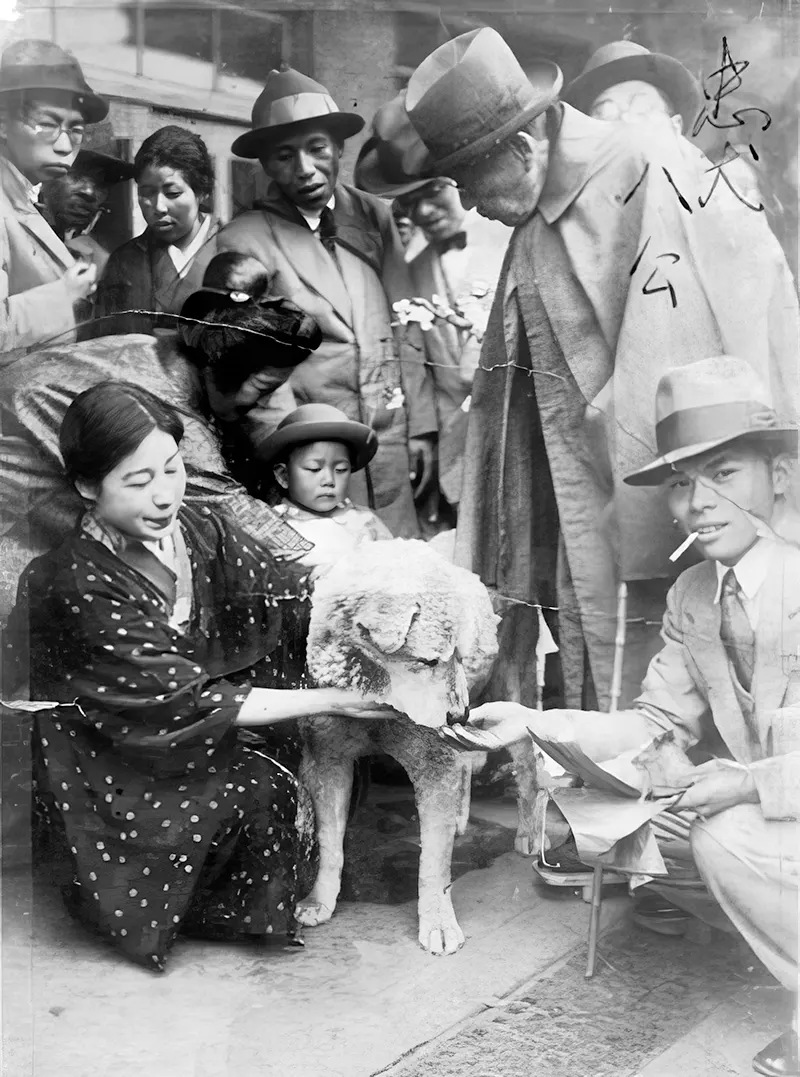
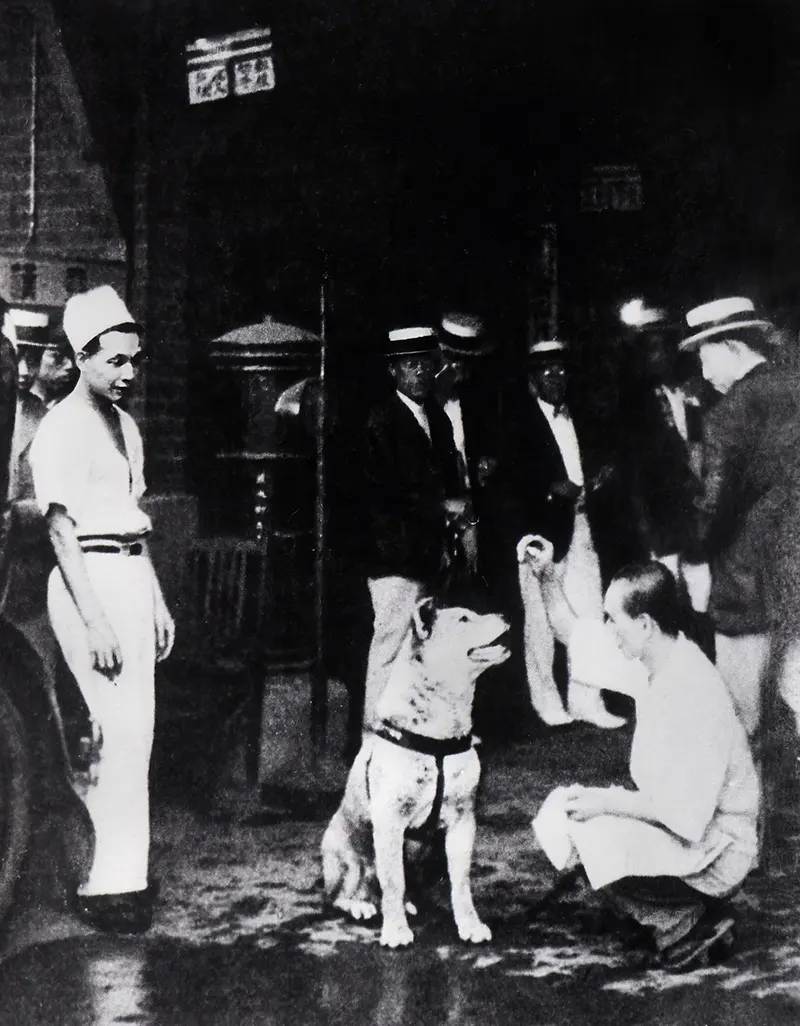
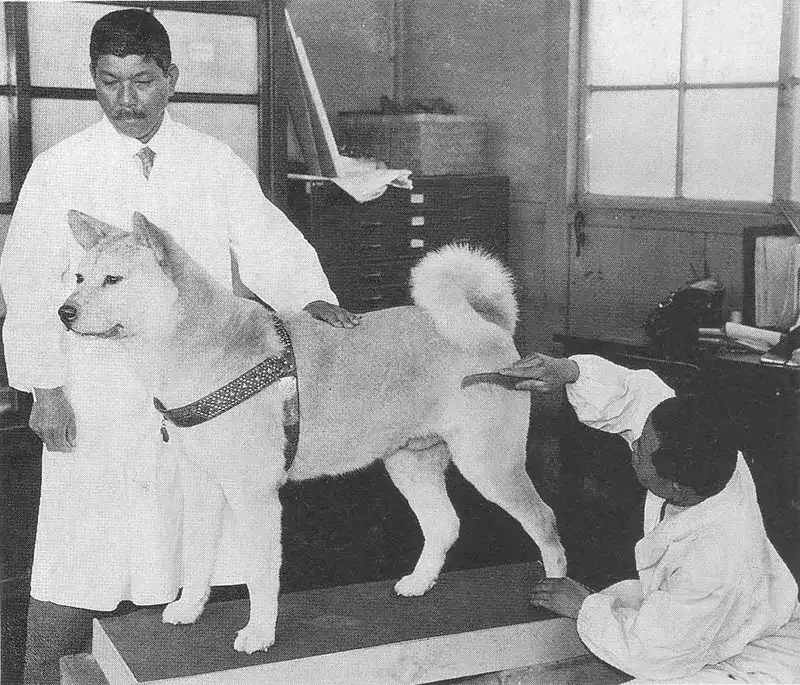
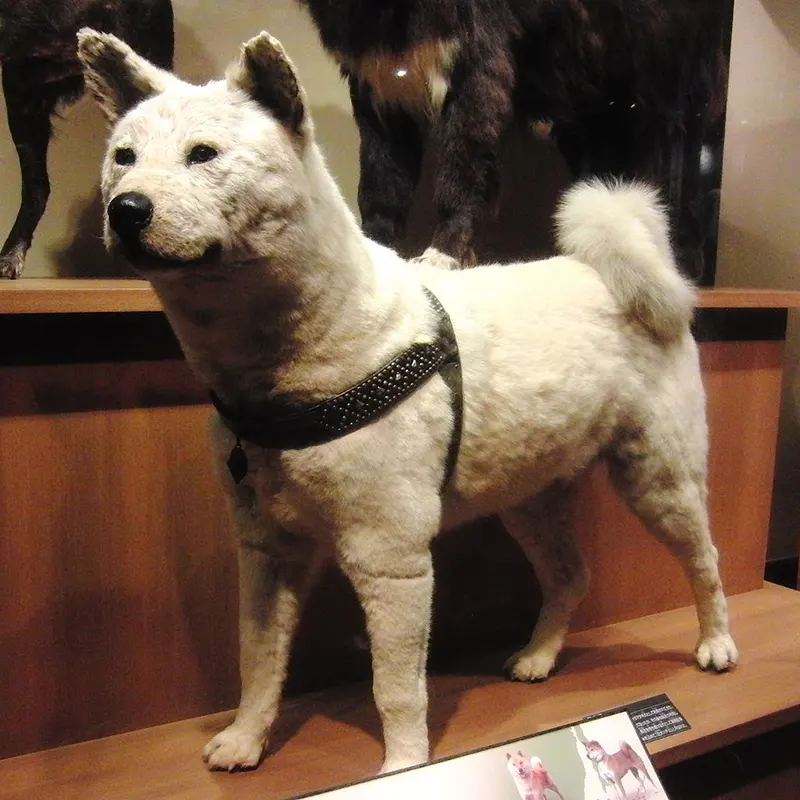
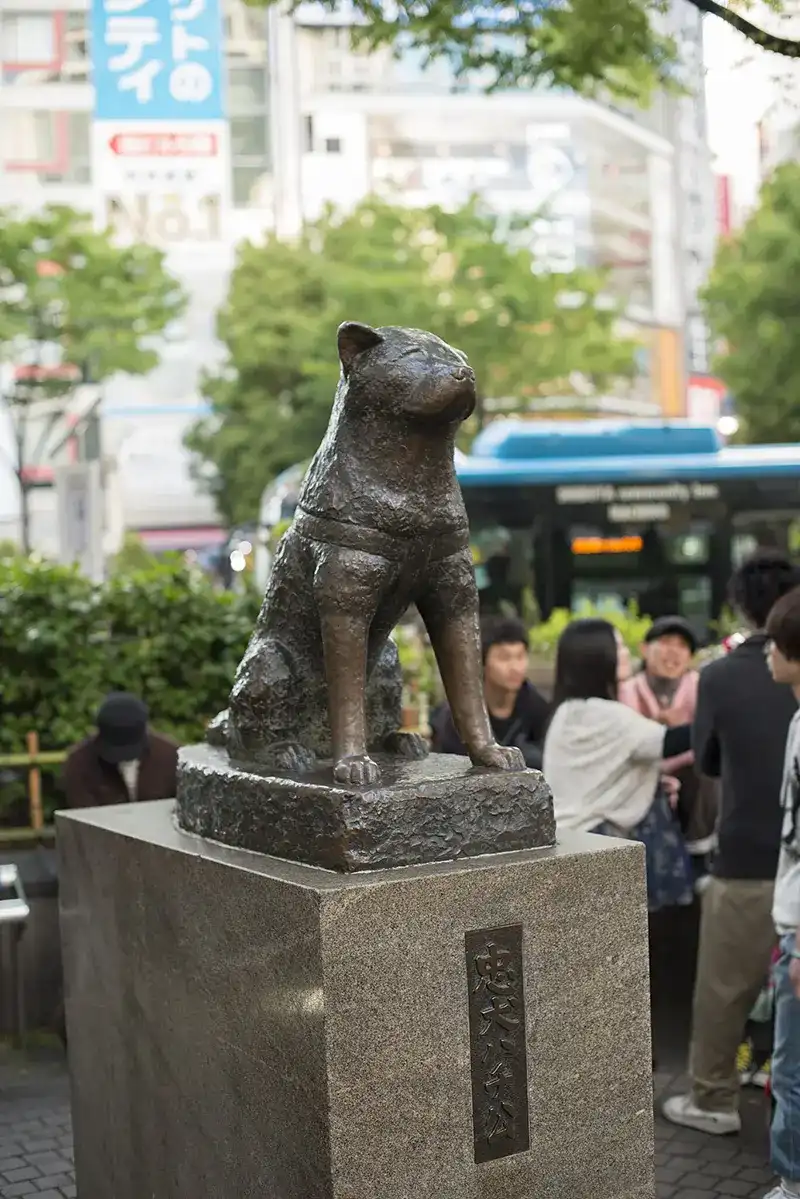

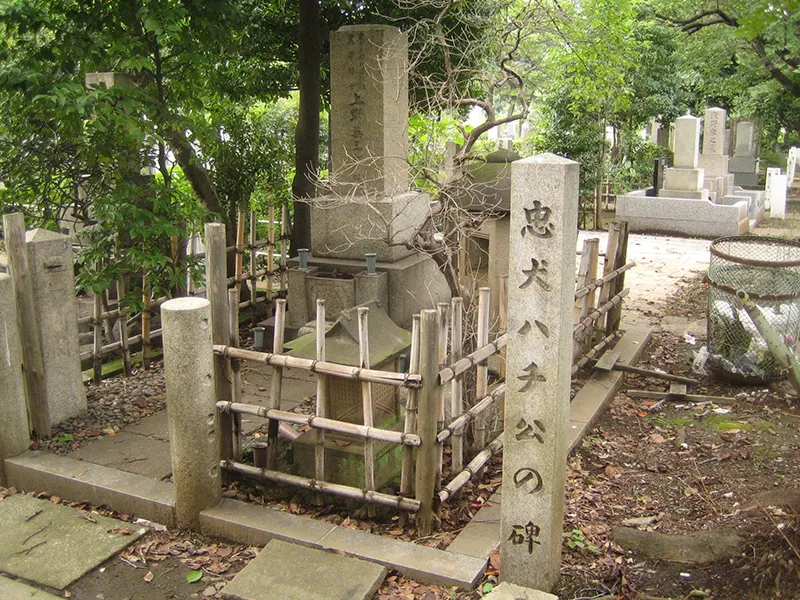
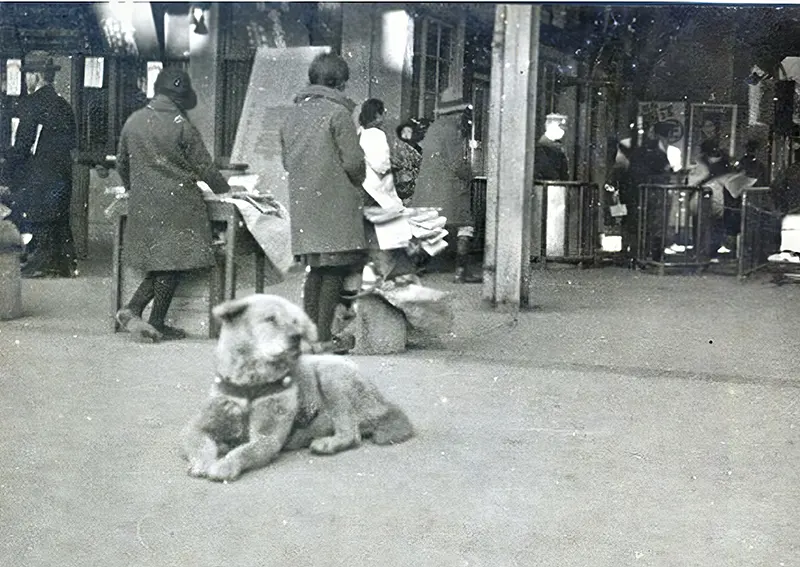




Video
Watch Hachiko: A Tale in HD and discover the heartwarming story of this Akita dog’s legendary loyalty, brought to life in English!
Conclusion: A Tale of Unmatched Loyalty
The story of Hachiko is one of love, loss, and loyalty. His vigil at Shibuya Station has become an enduring symbol of the incredible bond between humans and animals. Even years after his death, Hachiko’s legacy continues to touch the hearts of people across the globe. He is a reminder that loyalty transcends time, and that the love between a dog and its owner is a bond that never truly fades.
Hachiko’s story is a powerful testament to the beauty of dedication and the strength of love. His unwavering faithfulness to his master has inspired countless people, and his memory will continue to live on for generations to come.

